A cat poop chart is like a secret decoder for your kitty's health. Their stool's color, shape, and texture can reveal a lot about what's happening inside their tiny, mysterious bodies.
Understanding the different types of feline excrement can make you a more informed pet parent. Inspecting your furry friend's waste, whether they leave normal nuggets or funky-colored surprises, can help you catch potential health issues early. Ready to learn more? Let's go!
Why the Condition of Your Cat's Poop Matters

Your cat's stool is like a report card for their digestive system. Normal cat poop should be firm, log-shaped, and dark brown in color. Anything too soft or hard or in an unusual shade could mean trouble.
Changes in stool appearance can signal food allergies, bacterial infections, or intestinal parasites. If your kitty suddenly has loose stool or runny poop, get them checked, stat.
How Poop Quality Reflects Your Cat's Health
Your cat's stool consistency can tell you if their digestion is on track or out of whack. Firm consistency? Great. Hard texture? They may need additional fiber. Runny droppings? That could mean an allergy or infection.
A sudden change in stool appearance (too dry, too wet, or smells extra foul) could point to underlying health problems. Diarrhea might mean anything from stress to intestinal worms, while rock-solid deposits could signal dehydration.
Spotting these shifts early gives you a better shot at adjusting your cat's diet or seeking veterinary attention before things get worse. In other words, watch your cat's litter box like a hawk!
The Importance of Regularly Monitoring Your Cat's Stool
Keeping tabs on how your cat's poop looks like can help you catch health issues promptly. Daily checks can reveal signs of an infestation, irritation, or infection as soon as they arise. By staying on top of things, you'll know when a small diet tweak is enough or when professional help is necessary. Your kitty may be independent, but their potty habits still need a watchful eye.
Cat Poop Consistency Chart

Some of our feline friends' deposits are textbook healthy, while others scream, "Call the vet!" Don't worry; our different cat stool charts are here to break everything down for you. A glance at our infographics can tell you if your kitty's digestion is fine or not. Check out our handy cat stool guides, so you can compare what's normal and what's questionable. Let's start with stool consistency.
Cat Fecal Consistency: What It May Signify
Your cat's fecal texture is a direct reflection of their digestive health. A quick look can reveal if something's off:
-
Normal Poop. Log-shaped, firm, and deep brown. This is the gold standard of normal cat poop.
-
Hard Poop. Small, dry, or pellet-like stool can mean dehydration or a lack of fiber.
-
Soft or Loose Poop. Mushy or unformed stool could indicate food intolerances, bacterial infections, or gastrointestinal issues.
-
Mucus in Stool. A little mucus isn't a big deal, but excessive slime can signal parasites or inflammatory bowel disease (IBD).
Cat Poop Color Chart

From white deposits to tarry poop, different stool colors point to different concerns. A normal excrement should be not too light, not too dark. So, if something looks off in color, a health issue may be lurking around the corner. Study our feline poop color chart, so you can compare your furry friend's latest deposit and determine whether or not you need some expert help.
Cat Fecal Color: What Certain Colors Could Mean
A sudden shift in the color of your cat's feces can point to everything from minor issues to life-threatening conditions. Here's what different colors could mean:
-
Green Poop. Could signal digestive issues or a reaction to new food.
-
Yellow Poop. Might indicate liver problems or gallbladder issues.
-
Black or Tar-Like Poop. Often linked to internal bleeding in the gastrointestinal tract.
-
Red Poop. May suggest rectal bleeding or irritation in the lower digestive tract.
-
White or Grey Poop. Could point to pancreatic issues or liver problems.
What's Inside Your Cat's Poop Chart

A feline stool chart also helps identify what's lurking inside your cat's feces. They may contain foreign objects, parasites, or undigested food, all of which could indicate potential problems. Normal cat poop should be free of surprises, so if you notice anything unusual, go and investigate. Check out our detailed cat stool guide, so you can compare what's normal and what's a red flag.
What's Inside Your Cat's Feces and What It Could Mean
What's inside your pet's feces can reveal a lot about their digestive health. Here are some things you might find:
- Blood in Poop: What It Means for Your Cat's Health.Could signal parasites, infections, or bleeding. If it's tarry poop, call the vet immediately.
- Undigested Food: Possible Gut Health or Digestive Malfunction. Might indicate food sensitivities or issues in the gastrointestinal tract. A diet adjustment may help.
- Worms or Parasites: What To Do if You Find Them. Small, stringy, or rice-like bits? Likely intestinal worms. Your feline friend may need deworming medication and a vet visit.
Why Does My Cat's Poop Smell So Bad?
Normal cat poop has a mild odor, but an extra foul smell could signal digestive issues, bacterial infections, or food sensitivities. Sure, cat poop isn't supposed to smell like roses, but an offensive stench that clears the room? That's a health concern worth looking into. If the smell is strong and persistent, contact your vet to get to the root cause.
Potential Causes of Foul-Smelling Poop in Cats
If the smell of your cat's poop is unbearable, there could be a hidden problem. Some common culprits include:
-
Bacterial Infections. Overgrowth of bad bacteria in the gut can cause loose stools with an awful odor.
-
Food Sensitivities. Some cat foods don't sit well with every feline, leading to runny poop and extra smelly surprises.
-
Parasites. Worms and parasitic infections can throw off digestion and cause foul-smelling waste.
-
Underlying Conditions. Health problems like IBD and liver conditions can lead to changes in stool appearance and odor.
How Diet, Bacteria, and Infections Can Affect the Smell
Low-quality cat foods packed with fillers can lead to smelly, runny stool, while sudden dietary changes may upset the stomach. An imbalance of good and bad bacteria in the gut can also cause stinky poop. Plus, infections, food sensitivities, and parasite infestations can throw digestion out of whack, leading to extra foul odors.
Consider switching to higher-quality food, adding fiber, or checking for underlying health conditions. And if the smell persists, call your vet for help.
When To Seek Veterinary Advice for Malodorous Stool
If the stench sticks around, don't ignore it. It could be a sign of something more serious. Red flags include:
- Sudden Change. If your kitty's stool went from mild to room-clearing stinky overnight, an underlying disease or bacterial infection might be to blame.
- Other Symptoms. If foul-smelling poop comes with diarrhea, vomiting, or weight loss, your cat could have a serious health problem.
- Persistent Odor. If the smell lingers for days, despite a clean litter box and a good diet, it's time to see your vet.
Preventing Digestive Issues in Cats: Tips for Healthy Poop
Keeping your pet's digestive tract in top shape helps prevent tummy upset and abnormal cat poop. Follow these easy tips:
-
Choose High-Quality Cat Food. Avoid fillers and choose nutrient-rich cat foods that support digestion.
-
Keep Your Cat Hydrated. Hard stools often mean your pet isn't drinking enough water.
-
Add More Fiber. A balanced diet with lots of fiber helps keep stool firm and easy to pass.
-
Reduce Stress. Anxiety can lead to digestive issues and loose feces, so keep their environment calm.
-
Schedule Regular Vet Visits. A quick checkup can catch infestations or allergies before they become serious.
Choosing the Right Diet for Your Cat's Digestive Health
The right food keeps cats' stool consistency firm and easy to pass, while the wrong one can lead to abnormal deposits. Look for high-quality feline foods with real protein, healthy fats, and extra fiber to support digestion. Avoid fillers, artificial additives, and ingredients your feline friend may be intolerant to. A balanced, nutritious diet is the first step to a happier litter box experience!
How Fiber and Hydration Affect Stool Consistency
A well-hydrated cat with enough fiber in their diet is more likely to have healthy poop with a firm texture. Water keeps the digestive tract running smoothly, preventing hard feces and constipation. Enough fiber helps regulate bowel movements, keeping things moving at the right pace. If your kitty struggles with digestion, consider adding moisture-rich cat foods or a fiber boost to keep their poop normal.
Managing Stress and Anxiety To Improve Gut Health
Believe it or not, stress can upset your furry friend's tummy, leading to unpleasant litter box surprises. Cats dealing with fear of being alone or environmental stressors may have unpredictable bowel movements.
Creating a calm, secure space for your kitty can help ease anxious behaviors and improve digestion. Playtime, scratching posts, and cozy hideaways all help. CBD (cannabidiol) products, like those from HolistaPet, can also support relaxation. Our CBD cat treats, soft chews, oils, and capsules promote a sense of calm while supporting gut health.
The Importance of Consistent Monitoring and Early Intervention
One of the easiest ways to monitor your pet's health is to observe their stool appearance. Small changes in consistency, color, or odor can be early warning signs of trouble. The sooner you address bowel movement changes, the better the outcome. A little monitoring goes a long way in keeping your feline companion happy and healthy.
When To Be Concerned About Your Cat's Stool
If your cat's poop appearance changes suddenly, pay close attention. And if you notice other symptoms like vomiting, weight loss, or lethargy, it's time to take action. Our cat stool charts can help you figure out what's normal and what's a health concern. But if you're still in doubt, a vet visit is the safest option.
When to Contact Your Vet About Your Cat's Poop
Sometimes, a funky-looking stool is no big deal. Other times, it's a flashing neon sign that something's. Here's when to take action:
- Signs That Require Immediate Professional Help. Tarry stool, red blood, white cat poop, or severe diarrhea lasting more than 24 hours could signal life-threatening issues.
- How Long Is Too Long for Diarrhea or Constipation? If your pet has loose waste for over two days or hasn't pooped in 48 hours, seek veterinary attention.
How To Collect Poop for Vet Examination
Collecting cat poop is easier than it sounds. Proper handling ensures an accurate diagnosis, so follow these tips:
- Proper Techniques for Collecting Your Cat's Poop. Use a clean scoop or disposable glove to pick up a fresh sample from the litter box. Aim for poop with a normal appearance rather than dried-out pieces.
- What To Include in the Sample for Accurate Diagnosis. A small portion (about a teaspoon) is usually enough. If you see mucus, red blood, or anything abnormal, include that, too.
- How To Store and Transport Poop Samples to the Vet. Place the sample in a sealed plastic bag or sterile container, store it in a cool place, and deliver it to the vet within 12 hours for the best results.
Final Thoughts on Cat Poop and Digestive Health
Your cat's stool appearance may not be the most glamorous topic, but it's a key indicator of their digestive health. A quick check of the litter box each day can help you catch abnormal cat poop and underlying issues before they escalate.
Using our cat poop charts makes it easier to track changes in your kitty's stool consistency, color, and texture. When in doubt, don't guess! Contact your vet if something seems off. Keeping an eye on your cat's bowel movements is just another way of showing them love!
Find more tips on how to help care for cats here.



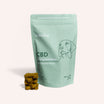

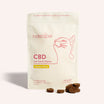
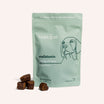
![Probiotics For Dogs [Soft Chews] - HolistaPet](http://www.holistapet.com/cdn/shop/files/Probiotic-Infographic-1_472d7a29-e30c-435a-9638-1365d8c3a9f9.jpg?v=1725384841&width=104)
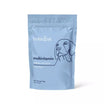



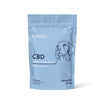


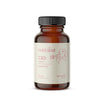
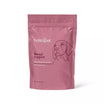
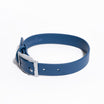
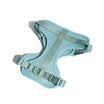
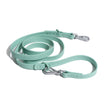
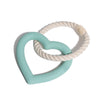
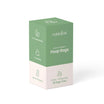
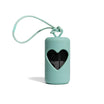


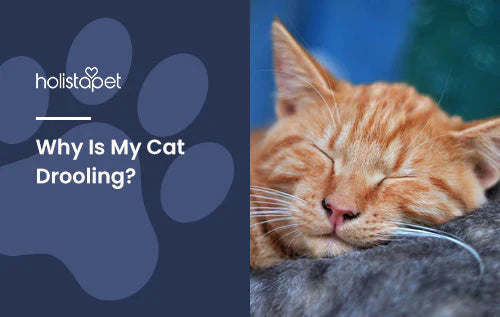
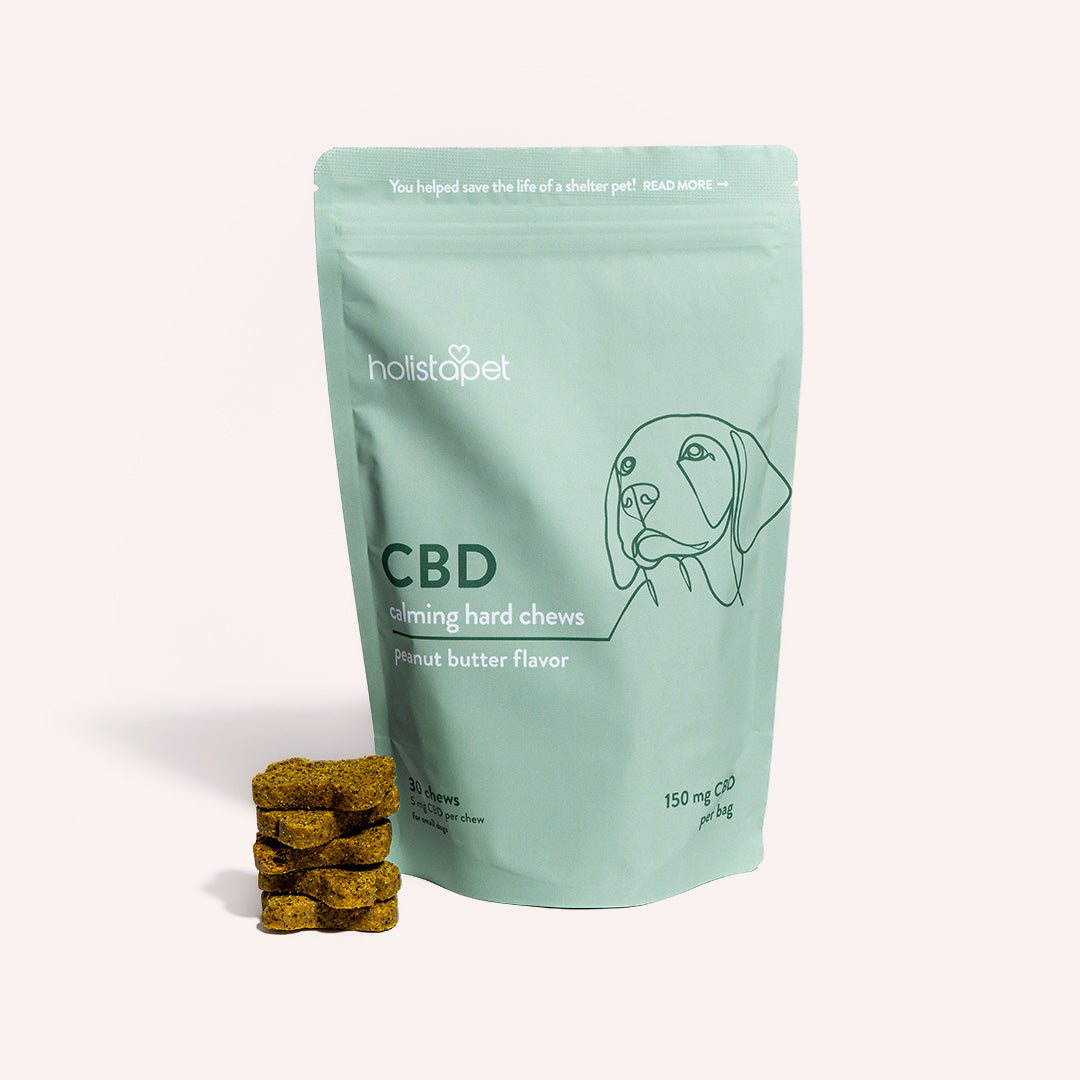

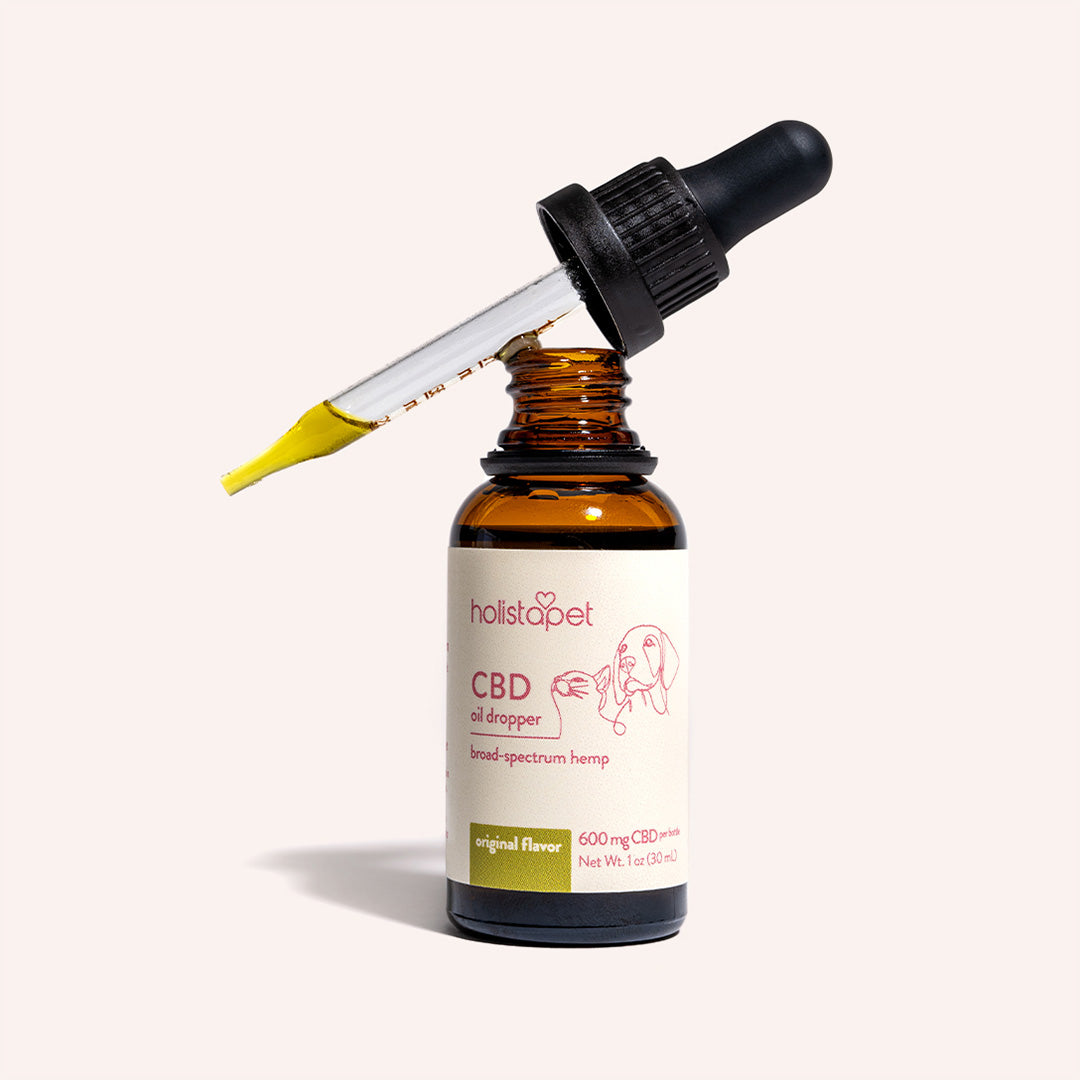
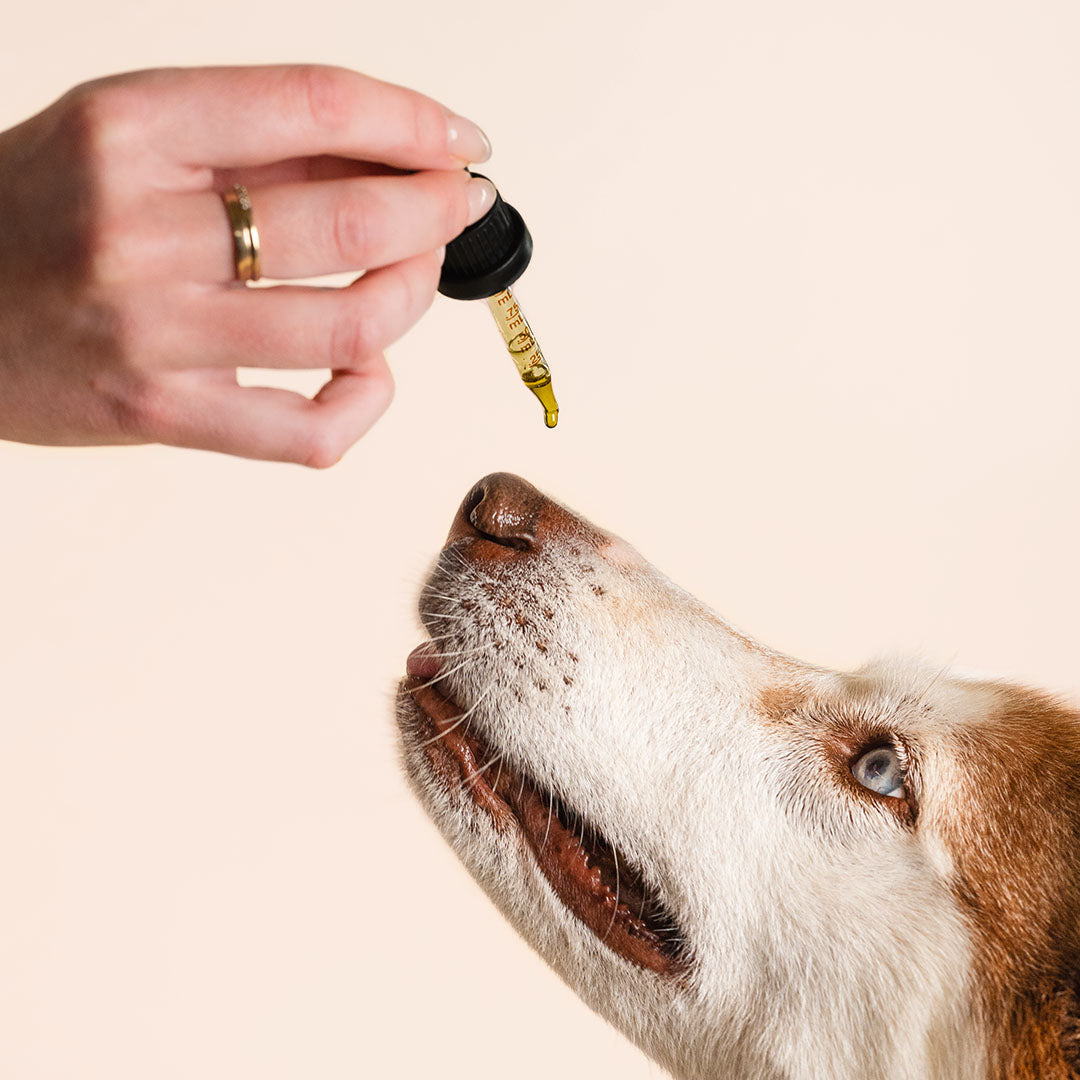

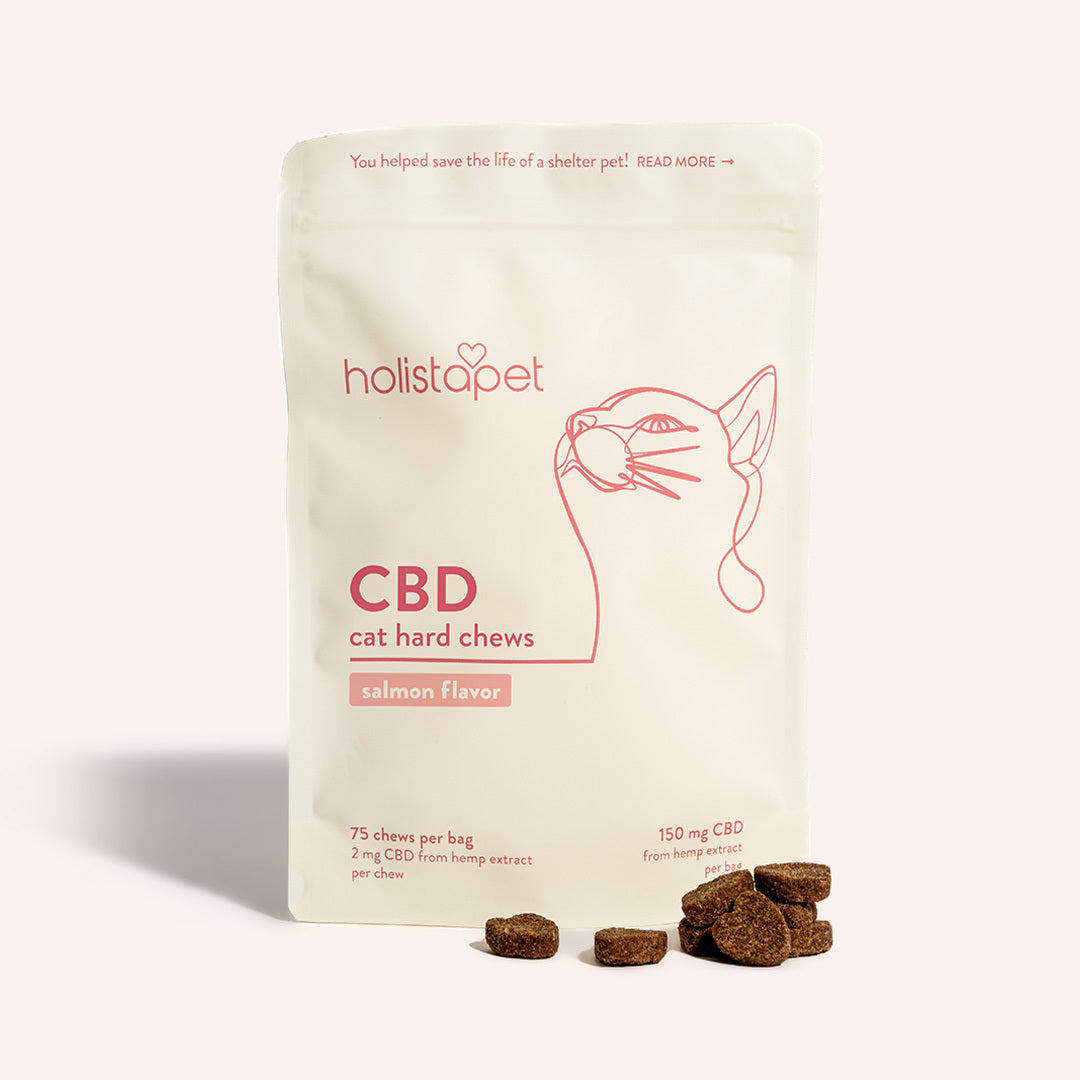
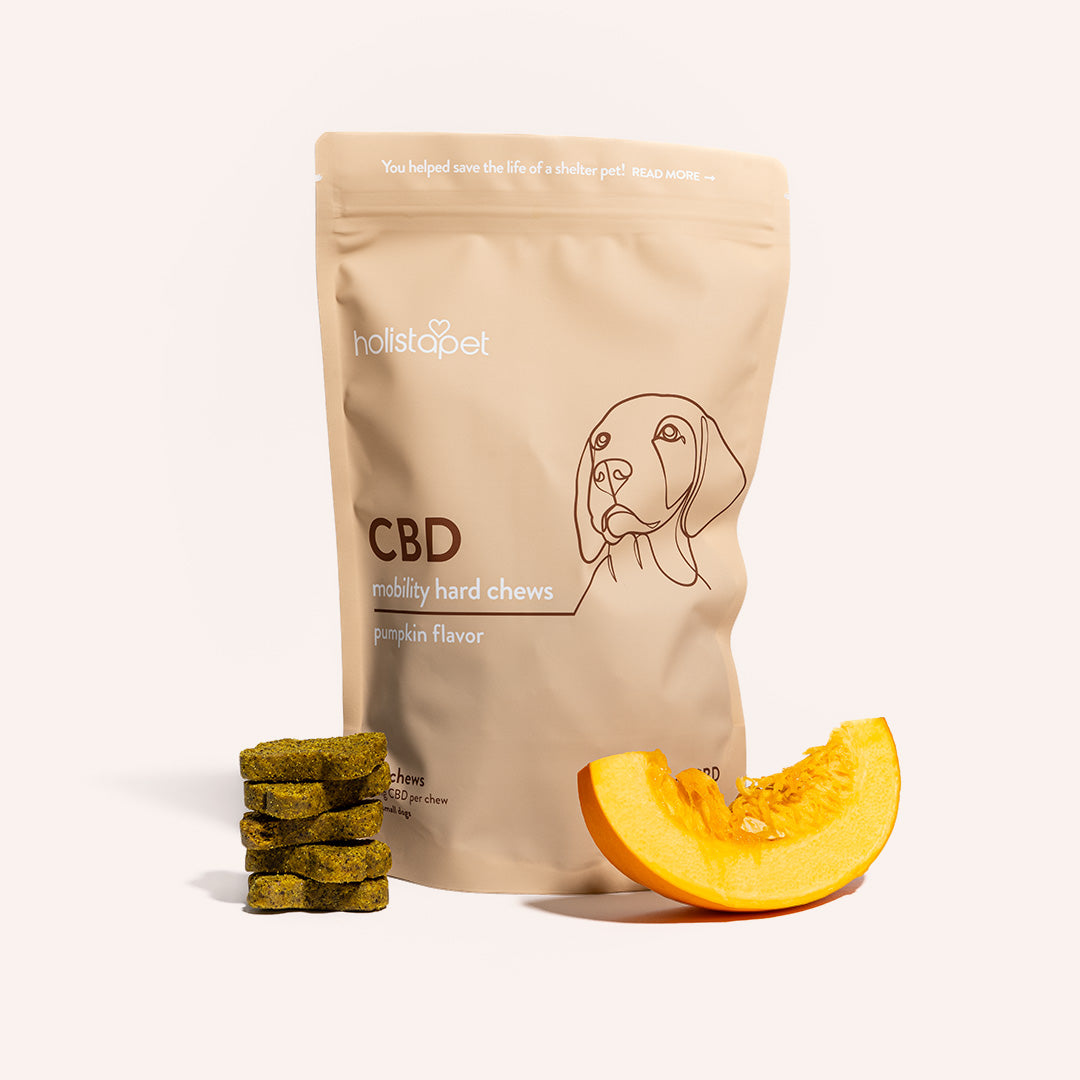


Leave a comment
All comments are moderated before being published.
This site is protected by hCaptcha and the hCaptcha Privacy Policy and Terms of Service apply.